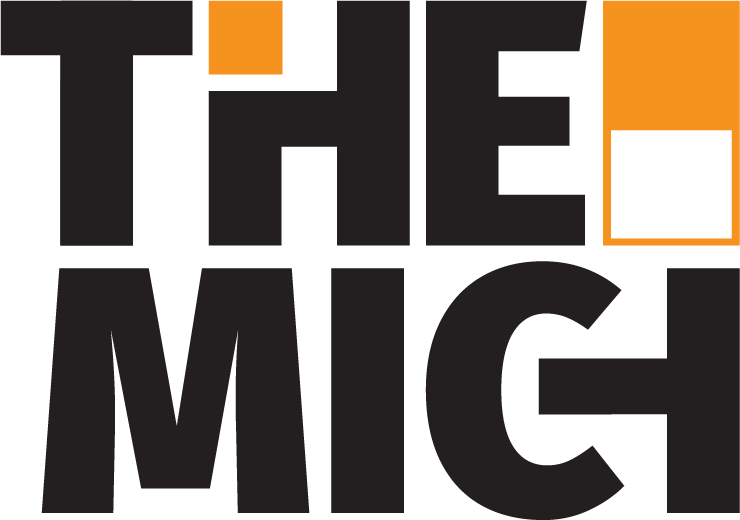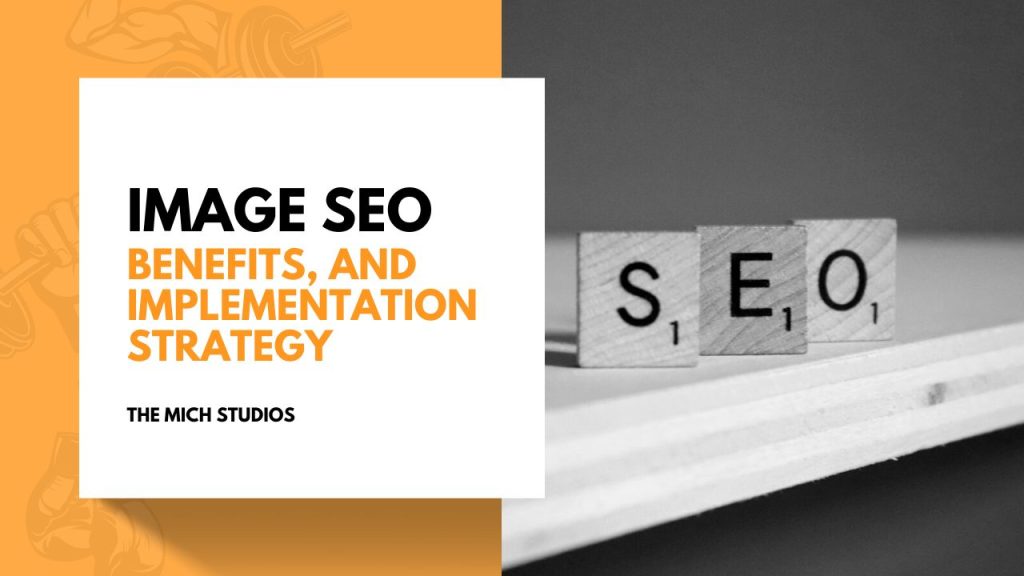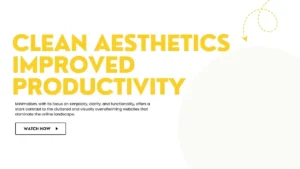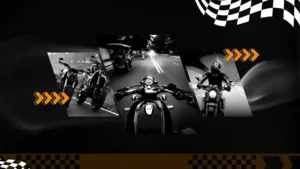Today, we are going to outline everything you need to know about image SEO.
With traditional SEO, the benefits of optimizing a website are pretty obvious (you get higher search rankings) but what about image SEO? What are the benefits you can get or benefits you can expect for your website if you implement image SEO on your website?
There are two kinds of benefits to derive from image SEO, so let’s discuss them.
Table of Contents
Benefits of Image SEO on WordPress Website
The first benefit you can get by implementing the proper image SEO on your website is higher rankings in Google image search.
Image SEO also has an algorithm of its own and if you want to rank higher in Google image search, then you would want to implement all the techniques listed in this article.
The second benefit of having the right image SEO on your website has to do with avoiding the negative effects of unoptimized images on your website now.
You might not realize it but images are a huge part of the web. In terms of size, they make up as much as 80 percent of single web pages which means unoptimized images can drag down your page in terms of website speed.
This is why you need to optimize the images on your website so they don’t have any negative effects on your website’s general SEO.
The first part of this article will be all about optimizing your images for the best performance on your website.
What is Image Optimization?
Web image optimization is a crucial process aimed at enhancing website performance by ensuring images are delivered in optimal quality while minimizing their file size. This involves several factors such as choosing the right format, dimensions, resolution, and size to strike a balance between visual appeal and loading speed.
Image Formats
The first thing that you need to implement on your website is using or choosing the right image formats.
Now, technically Google Images does support BMP, gif, jpg, png, webp, and SVG image formats but even though Google does support this does not mean all these image formats will work the same way when it comes to performance.
You’d be surprised to know how big of a difference it can make to the image’s size if you choose the incorrect format.
Choosing the right image format can be technical but here are some basic guidelines that you can implement on your website to help choose the right image format for most of the images on your website.
| Logos and Illustrations | svg |
| Photographs or regular pictures | jpg or webp |
| Animated images | animated images |
| Transparent images or images with a transparent background | webp or png. |
Now technically you can use webp in a bunch of different scenarios but the browser compatibility of webp is still not 100% so make sure to implement Web images on your website with a fallback option.
Image Size
When it comes to image performance and that is the size of your images (when I say size, I mean resolution or the number of pixels that an image has) now every image that you upload to your website has a particular resolution, and most of the time you don’t need images that have a higher resolution than your themes maximum width.
For example, if your website has a width of 1140 pixels, there’s no sense in having images that are 1500 pixels and above.
You can save a lot of server resources and improve the performance of your website if you resize those images to a more appropriate size.
Now, there are tons of ways to resize images – you can do them on your computer, use a web service, or a free application on your computer that can resize images or even resize images on your server directly.
When optimizing images on your website for the best image SEO, the step that you need to implement is called compression.
Compression
Compression usually works like magic; it does not reduce the number of pixels your image has but it does reduce the size of your image significantly and by playing around with the quality or compression of the images on your site many times you’ll be able to create identical looking images with a massive reduction in size.
This means your web server won’t have to work as hard to serve those images to your audience which means faster performance on your website.
The next important step you need to implement on your website about image performance or image SEO is called caching.
Caching
Caching is a process in which your server creates a copy of your entire page with all its assets before your visitors arrive on the page.
This way when a visitor does arrive your server does not have to spend time and resources putting the page together thereby improving the performance threshold.
Caching is a must-have on any modern website and it will help massively with image SEO and general website performance as well to implement caching.
You can use free WordPress plugins like w3 total cache but if you want to squeeze performance even further. I’ll recommend using a premium plugin like wp rocket.
The next step you need to implement on your website for the best image SEO is using a CDN.
CDN
This stands for content delivery network; just as a pizza place can massively improve its delivery times by opening up multiple branches throughout a city effectively creating a pizza delivery network or pdn, your website can also improve performance massively by implementing a content delivery network or a cdn.
A CDN is nothing but a collection of servers across the world whose sole job is to serve your closest visitors.
If a visitor tries to access your website from Australia, the cdn server in Australia can serve most of the requests thus freeing up your server to serve more visitors.
Implementing a CDN on your website can feel like a massive intimidating task but there are plenty of services out there that are quick to set up easy to use and also are friendly on the pocket which you can use to implement or set up. We detailed wrote a piece on CDN as an essential plugin for any WordPress website.
The next set of steps that we’re going to discuss are all going to be about how to make sure that Google understands the images on your website and eventually help Google rank your websites better in Google image search.
Firstly, to help google understand the images on your website better, we need to add relevant images on our website. This is coming directly from Google’s image SEO documentation and they explicitly say that you should be using images that are contextually relevant to the page.
If you have a website that is all about pizzas, it makes little or no sense to have images of cats on the website, right? Google also highlights that we should be using original images as much as possible.
Don’t just go to Google Images and download the first image you can find there and use it on your website that’s a strict no-no.
Secondly, we need to strategically place the images on your website. Also, this is coming from Google’s documentation as well; it says whenever possible to place images near relevant text and they also recommend placing the most important images or images near the top of the page.
Next time you add any image on your website make sure to pay attention to what the image is and also where you’re placing that image on the particular page on your website talking about the next step that you can implement on your website to help improve your image SEO is to have high-quality content on your website.
You might be thinking; is this tip related to image SEO, I’d say yes it is because Google has officially said that Google considers the page content quality when ranking images so if you want to rank images on your website or images from your website you also need to have excellent content or amazing content on your website.
Thirdly, we need to create image site maps for great image SEO on your website. Just as a book index helps you discover the content of the book faster; sitemaps help google find the content on your website faster although WordPress natively has the functionality to create sitemaps for you unfortunately it does not include images on the sitemap and it’s left to third party plugins to do that
The good news is the most popular SEO plugins like RankMath SEO, and Yoast SEO do include this feature. So if you’re using Yoast SEO you already have image site maps on your website and other SEO plugins also have similar functionality so if you’re using any other plugin apart from Yoast SEO make sure to check out their documentation.
The Fourth important feature that you should be implementing on your website for great image SEO is to have responsive images on your website.
Responsive Images
If you have not heard the term responsive images before – responsive images just mean images that automatically adjust to the size of the device they are being viewed on.
It means your visitors get a similar positive experience whether they view your website on a mobile phone, tablet or even their computer.
Creating responsive images is a bit technical it requires you to create multiple versions of the same image and then use the image source set and the image source tags in html to provide the right image sizes for different devices.
It’s all documented in Google’s image SEO guidelines if you started worrying after looking at all the technical aspects; don’t if you’re using WordPress all of this is taken care of for you automatically.
WordPress will not only create different kinds of images it will also add the tags automatically.
The fifth step you should take to have great image SEO on your website is to use descriptive titles captions, file names, and other meta information for images on your website.
This one is kind of obvious google explicitly says that they extract information about the image from the captions, titles, and file names of an image so the more information you can give google the more likely that Google will understand your image.
Although Google is very smart when it comes to artificial intelligence and machine learning it’s far from perfect.
The Sixth important step to implement to have great image SEO on your website is to use descriptive alt tags for your images.
Alt tags or alternate tags help google and people understand your images they are especially helpful for accessibility and also useful for screen readers and slower internet connections. Alt tags can also be added as anchor text when you use images as links.
The Seventh step to having a great image SEO on your website is to have the right kind of schema on your pages.
Google uses the content on the page to understand your image a great way to provide detailed context about your page is by adding the right schema on the page for example if your page is about making food add the recipe schema to the page and if your post is about jobs add the job posting schema.
You can automate the schema-adding process on your website to a large degree by using a premium schema plugin Schema Pro. Once you configure Schema Pro correctly on your website it can start adding
For an outstanding Web Development service, Send us a Message HERE



